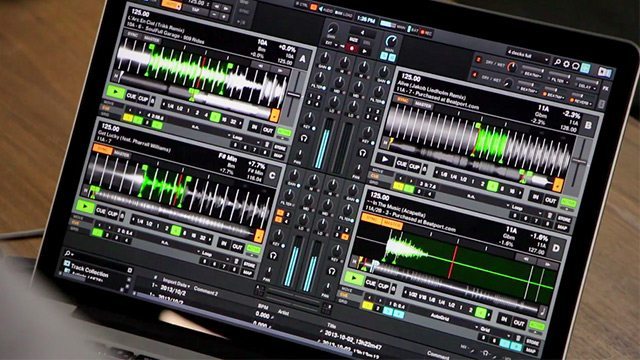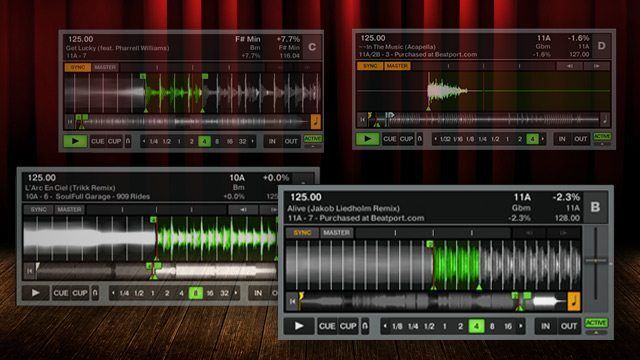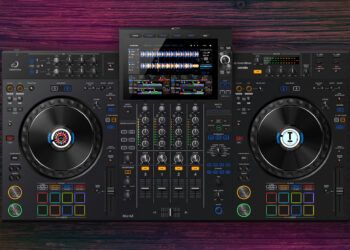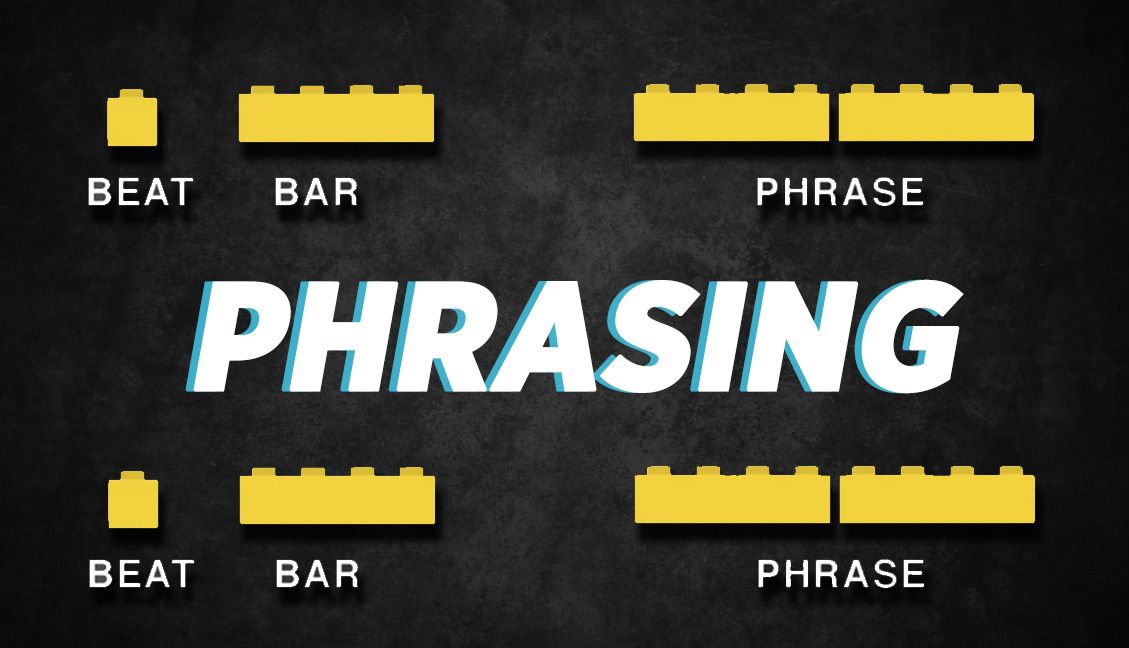There are many plays that have only one or two actors, but the most dynamic often contain many characters – rotating in and out of the spotlight. Some of my personal favorite movies, like the film Magnolia, introduce new characters throughout the plot while managing to reintegrate and tie in the past roles. I propose that this can also make an amazing DJ set, and a very challenging way to use four decks creatively.
THE PREMISE
DJing with music is much like writing a play in real-time. You get to showcase different “characters” and bring them forward on stage one by one. Ideally, there is an extended moment when each character is on stage at the same time, interacting with each other in a unique and novel way before the one takes the spotlight fully. If you are really on your A-Game then the order of these characters and their relationship to each other creates a narrative. This is classic DJ story telling, albeit in a fairly basic way – ready to get Shakespearean?
THE NEXT LEVEL
With most modern DJ software we have the opportunity to play four characters at the same time, and even more if you consider remix decks. Can you imagine what a play would be like with four people at the front of stage, all reciting lines at the same time, each fighting for the spot light? Chaos!
The challenge is using your decks to tell a story where each of the characters supports each other in a fluid and compatible way. Effectively used, this should take the basic 2 character story line into the rich story landscape of themes, conflict and resolution.

A PROPOSED SYSTEM
If you are like me at all, then having a system or formula to work off makes complex challenges like this much more digestible for the brain. Here’s one basic formula for how you can use four decks to introduce and manage a rotating cast of four characters (but written like a script)
In my play, certain types of players are always relegated to specific areas of the stage:
- Deck A – Front stage left, this is a spotlight and reserved for leading actors
- Deck B – Front stage right, this is a spotlight and reserved for leading actors
- Deck C – Back stage left, these position is reserved for themes
- Deck D – Back stage right – this is reserved for supporting roles (almost like the backdrop)
The stage is empty, and the speakers silent. As a heavy curtain draws and the lights start to burn we hear the faint pulsing of a drum:
Supporting Character (a simple snare pattern) – Starts to loop in deck D, without any defining characteristics and just a steady groove, the rhythm is present but sits in the background.
Theme 1 (Latest Hit) – Is playing in Deck C but has a loop running so the feel is familiar but the character is not yet know. This establishes a theme, which we will keep running for a while. Since the track is looping, it’s not at the front of the stage telling the story but rather playing a supporting role right now.
Main Character 1 (Groovy But Minimal Jam) – Starts to blend in on DECK A. This is in a slightly different key as our theme and the 2 together create an interesting counter balance. We let Main character 2 play fully out, telling the story and creating movement in the composition.
At this point, Drum Track Donny is going steady in the background but might pop in and out to create tension. The theme continues to run but with effects like reverb and echo freeze it’s pushed forward and back in the scene. We want to tease that this character might show up full-time but not too much!
Main Character 2 (Bigger Track, Same Key As Theme) – We experience the tension of our theme and main character 1, and now as character 2 comes to the fore-front and 1 recess a harmony settles in providing sweet release.
Theme 1 > Main Character 3 (we copy the loop from C to A moving theme 1 into a starring role) At the right moment a loop is dropped on Main character 2 which takes it out of the spotlight. Now Theme 1 is allowed to play out fully and the audience hears its full story, moving the theme into a main role creating the resolution everyone has been waiting for!
All this time the supporting track has been consistent, providing continuity and a common thread. We could fade it out and reset the stage for the next cast of characters! For a truly compelling show, bring back these characters later on in the mix and weave them in and out of the story line to tell a larger tale.
FULL EXAMPLE DEMO
To give you a sense of what this might sound like without the tutorial break down, we shot a longer mix sequence. None of this was planned or practiced, so don’t expect any crazy controllerism. You might notice how the same material created very different results in the tutorial or the example video. Because these mixes are always improved it’s very important to use your ears and listen to what the story want’s to tell. Each time loops will be dropped in various places, and different harmonies will emerge, just let them ride and embrace the good and the bad!
Want to try it out? Be sure to watch the video to the 7:00 mark to check out my challenge to see what you can create with this technique!










